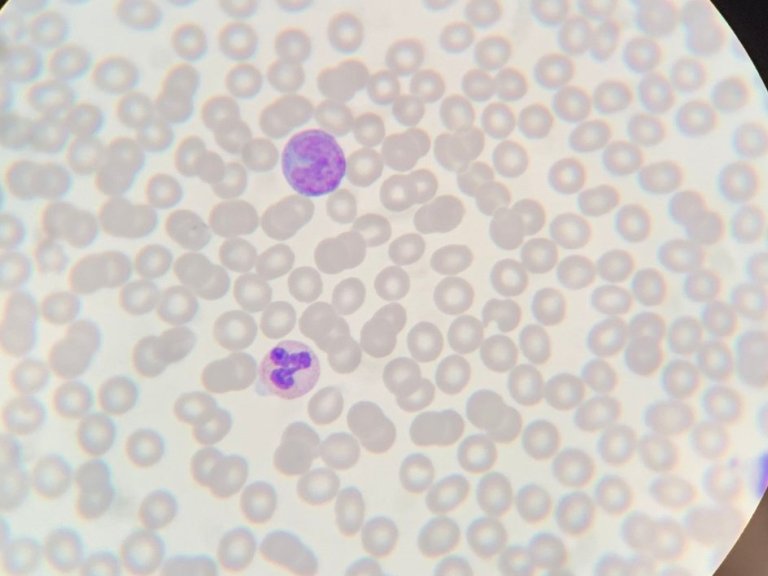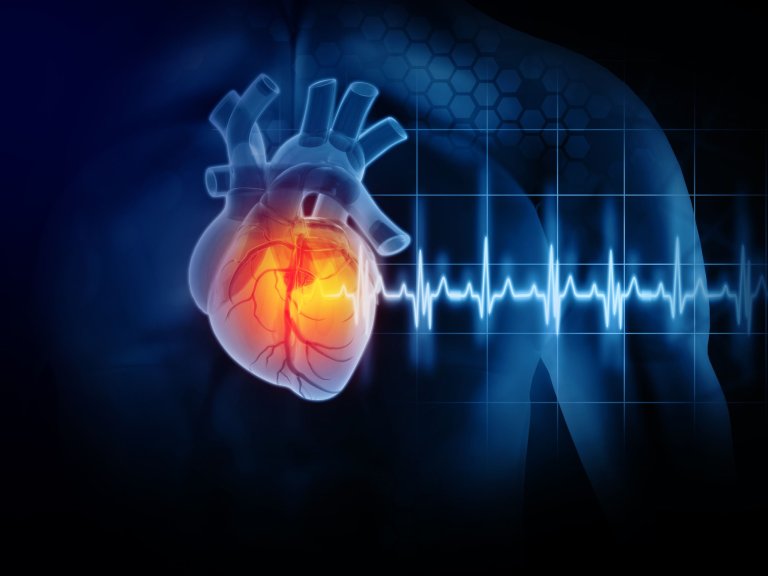"Cardiovascular disease is one of the largest contributors to premature death worldwide and if we look at high blood pressure then we see massive differences between different ethnic groups," says Bert-Jan van den Born, Professor of Ethnic Differences in Cardiovascular Disease at Amsterdam UMC and researcher with the HELIUS Study.
In the Netherlands, African Surinamese and Ghanaian men have a 2-3 times higher risk of hypertension, whereas hypertension in African women is 5 to 10 times more common compared to those of Dutch origin. Indeed, all ethnicities, except Moroccan men, have a greater prevalence of hypertension than the Dutch population.
This can be partially explained by a combination of factors. "There are environmental factors at play here but there is also the factor of DNA. Some diseases are simply more prevalent in certain populations," adds van den Born. The role of DNA and its interplay with a person's environment is something that the HELIUS study is currently researching and a priority for the coming years.
Ground to be Made
Nevertheless, for van den Born, it's important to look at where differences can be made. A 2016 study from Amsterdam UMC looked at blood pressure awareness, treatment and control. They study found that while awareness and treatment rates were similar between the Dutch population and all other ethnic groups, control rates were lower in all ethnic minorities. In van den Born's eyes, there is "a lot of ground to be made here.”
Charles Agyemang, Professor of Global Migration, Ethnicity and Health at Amsterdam UMC and one of van den Born's co-authors of the 2016 article, believes that the disparity between groups can be closed by improving trust in the migrant community and also by changing guidelines to "give everyone an equal opportunity to be healthy.”
Agyemang is also involved in the HELIUS study and also examines cardiovascular health in a parallel cohort in Ghana. HELIUS has already succeeded in changing the national guidelines concerning another disease that is closely linked to cardiovascular disease: diabetes.
Changing Guidelines
"These groups, particularly, those from a Hindustani background, have a lot more diabetes than the Dutch population," says van den Born. In all ethnic groups, diabetes is three to six times more prevalent than among the ethnic Dutch population, and often present at a much younger age.
This research outcome has led to a change in the way diabetes is screened in the Netherlands. Doctors now look more specifically for diabetes in those with high-risk backgrounds.
“If someone of South-Asian descent aged 35 or older comes into the consultation room, a doctor now always screens for type 2 diabetes, thanks to this change in guidelines,” adds van den Born. “For those with a Turkish, Moroccan or African background, they are screened once they reach 45."
There may be an evolutionary explanation for the higher risk of diabetes, believes Van den Born. “Better storage and more efficient use of sugar in the blood can be beneficial in times of food scarcity; you can survive longer. In the past, the monsoons in India – the origins of those with a South-Asian background – caused times of food abundance and shortage. This may have evolutionarily led to a genetic adjustment in the regulation of blood sugar.”
In today's society, however, there is always an abundance of food, so that too much residual sugar remains in the blood and diabetes develops quicker. “Then an initial advantage is now a disadvantage,” says Van den Born.
Future of Research
The HELIUS research team hope that genetic analysis in HELIUS will help to uncover new pathways that will shed light on the higher risk of hypertension and diabetes in particular ethnic groups. Additionally, there is the hope that with advanced imaging they can shed light on the effects of high blood pressure and diabetes on the heart and blood vessels so that people at high risk of cardiovascular disease can be better identified and treated in the near future.




